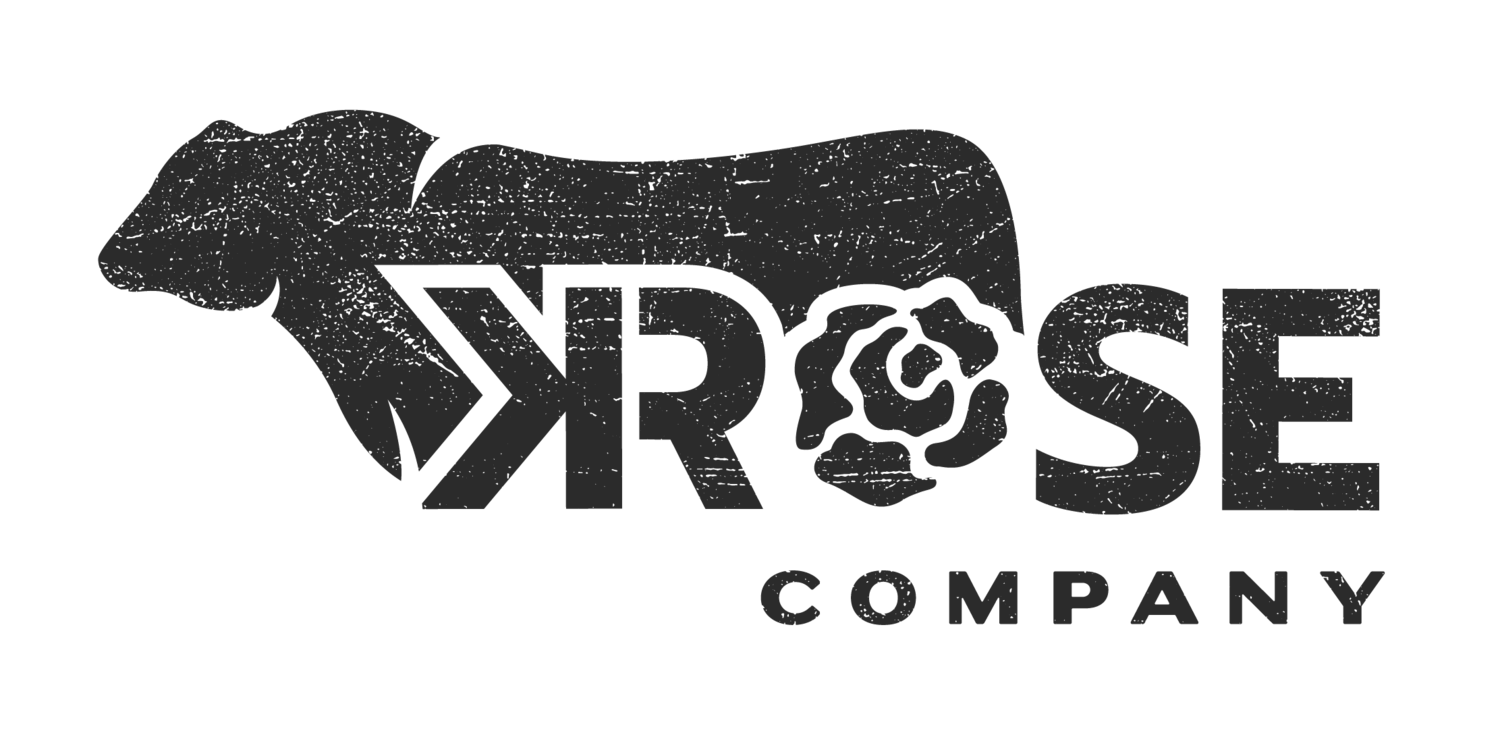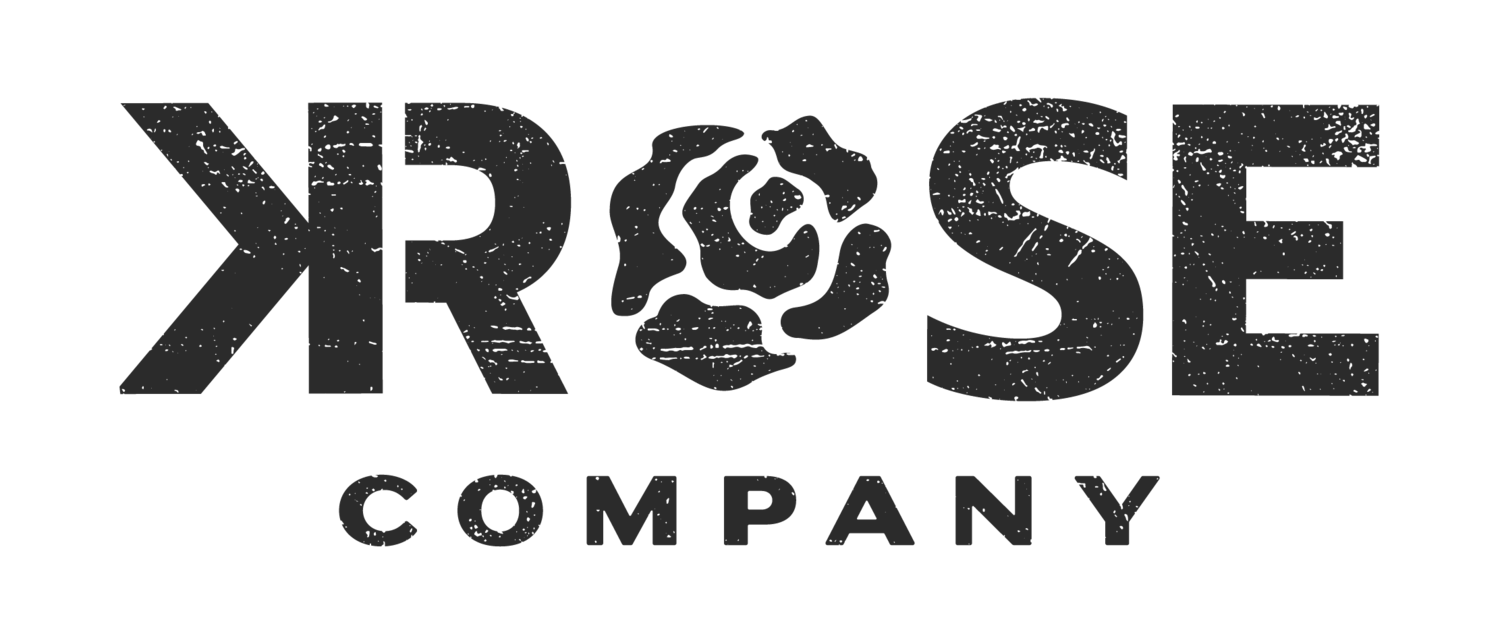Managing Ranch Risk with Cattle Futures and Hedging
I recently was talking with a rancher about his plan for selling his calves this fall. We had chatted about all the different options available to him and he seemed a bit overwhelmed. “I’ll just take them to the sale barn,” he decided - because there is no risk.
I think a lot of times we fall into that ideology because it’s what we are used to and it’s easy. But saying there is no risk involved with selling at the barn just isn’t true. I like to think of it like this: everything we do involves risk. It's just that some of those risks are ones we are either
A.) more comfortable with or
B.) more familiar with.
We’re comfortable with them because we’ve experienced both sides before- when the risk pays off and when the risk doesn’t pay off. And we understand the potential reward or consequences.
And what I mean by familiar is we’re so accustomed to doing it this way that we don’t even remember to acknowledge the risks we’re taking. We’ve done it this same way so many times, or seen it done repeatedly by peers and family members that the risks seem so trivial...kind of like getting behind the wheel of a car. For most of us it’s one of the riskiest things we do. But we do it everyday, so it is familiar risk.
Trying something new involves new and unknown risk that feels well….risky.
But the fact remains the same that no matter which selling option you choose, there is risk involved. We outlined the risks involved with each method of selling cattle in this recent blog post.
Being able to manage that risk is something many of us may not think is possible. It just comes with the territory, right?
The truth is risk management starts from the very beginning for livestock producers. If you’re a cow-calf producer, it starts the day you turn your bulls out. Understanding how much risk you actually have starts with knowing your numbers and getting really comfortable with them. You can get started doing this by calculating your breakeven numbers. When you know where you stand, then you have the information you need to evaluate where to make changes and where to manage your risk.
But before we talk about how to manage your risk, I want to acknowledge that there are a lot of us that are just plain frustrated with the state the cattle market is in. There is very little margin for profit and it can feel like we have pressure from all sides to cut costs and inputs and still try to raise a healthy animal that produces high quality meat and will make a return for us.
Changing your Mindset about Risk and Profit
We sat down with Kapco Futures recently and talked about how we can manage our expenses as well as our income. Jeff Kaprelian, their CEO and President told us that do to this, we need to change our mindset. Instead of thinking about the market prices and how we can make money when we sell our calves, we need to think about our profit margins and how we can make money when we buy our calves.
So how do we do this?
We hedge our risks. Hedging is a fancy way of saying we need to limit our risk - basically, give ourselves some protection so we aren’t sitting here next season thinking we lost money on our calves before we even bought them and wish we had more information at that time.
Margin Based Risk Management
To hedge our risks, futures marketing is a tremendous tool. Kapco Futures recommends focusing on margin based risk. This means focusing on the difference between the price you sell your cattle for and how much you pay to produce the final product, not the market price itself.
Kapco Futures has several software tools available to help us understand different breaking points in the market and use our own numbers to calculate how to hedge using futures contracts for our unique scenarios.
One of the big ways we can manage some of the market volatility is by looking at the three main variables we have when finishing cattle: feeders, fats, and corn. These three components are constantly changing in price and you can hedge in each of them. Doing this adds complexity to your business, but it give you an advantage because you can lock in values for cattle that you haven’t even bought yet. This smooths volatility and makes seasonal patterns.
Here’s an example of what this might look like.
You can sell live cattle to protect yourself against declining prices and buy feeders and corn. You’ll know when to do this by thinking about which direction makes you worse off in each commodity you have exposure in. With live cattle, you’re worse off if the market goes down because then the value of your cattle goes down. So we take a short position to hedge them to sell futures or options. This will profit if the market goes down. As you’re losing in the physical market, you’re gaining on your hedge.
Similarly, if you’re a feeder and the price of corn goes up, you’re worse off because your feed costs go up. So take a long position on corn to hedge your risk. Do this in proportion with your production schedule so you are always balanced.
The next thing you need to think about is when to shift risk to the packer: ie, sell your cattle. When you do this, you want to check the market basis and know seasonal patterns. If your whole marketing plan is packer contracts, you’re giving packers all the leverage right up front. If you keep control of the animals and risk longer, you can negotiate a better basis when the time comes.
Establishing your Cattle Marketing Plan
Futures marketing can be very complicated and overwhelming when you first get started. But it is an incredibly valuable tool available to you that can change your financial position and the direction of your business.
So how do you get past the overwhelming amount of information, numbers, and data you need to understand to be successful with futures marketing? You need a guide to walk you through it. We have put together a short course with video tutorials that teach you all the ins and outs you need to know to be able to get started in futures and hedging for your business.
Our goal with this course is to help you get a really good understanding of what type of risks you would be taking on if you decided to dabble in futures contracts. Removing the unknown and truly understanding the risks and how they might impact YOU in very specific situations makes it easier to know if it's right for you. If you would like to know more about futures and hedging, check out the free class on October 7th, and the course!
Disclaimer: Trading futures and options on futures involves a substantial risk of loss and is not suitable for all investors or producers. Past performance is not necessarily indicative of future results.

